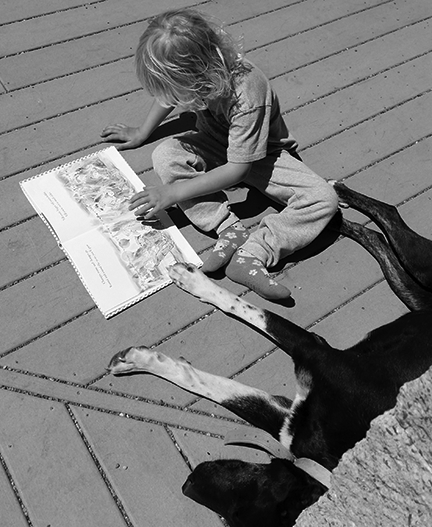pp. 71-74
by Joan Wink
Published by Libraries Unlimited/ABCLIO
Copyright © 2018 by Joan Wink
Junk Literacy: What?
Junk literacy: OK, I did make up that title a bit, but I consistently read, see, experience the fact that “junk reading” is (Krashen & Ujiie, 2016) good for you. See Junk Food is Bad For You, but Junk Reading is Good for You. Many would say that Captain Underpants and Pokémon is junk reading; no one would ever convince me of that (see Chapter One). In this particular case, Krashen & Ujiie reference the debate between quality (classical) literature and a more relaxed approach to reading, i.e., novels, comics, magazines, etc. You may remember that my undergraduate/graduate experience was filled with the classics. I read them all, as assigned. I got A’s on the tests. Can I tell you today about what I was reading? No. Do I remember the content? No. Do I remember the title? Yes. In addition, I did not like to read, but I never would have admitted it. I only came to love reading when my kids no longer wanted me to read to them.
In Chapter One, we thought about literacy, and in chapter two the focus changed to stories, and now we are moving on to highlight diverse paths to literacy–even reading to animals. This is not anything I ever did, but I keep bumping into readers, who do read to their pets: So let’s think about it. One section of this chapter will present a counter view: Yes, Steve, this will be you, and, in addition, we will reconnect with Audrey, who chooses to read and to tell stories to real people, and not animals.
Do not be fooled: This chapter is not just about animals; it is about the surprising ways that people come to literacy.
Kids Really Do Read for Fun
It’s true: Kids really do read for fun. The National Education Association (NEA) has figured it out, too, as Long (2016, Winter) finds and shares: We only need to let students read and perhaps to give a bit of help in choosing the best selection for each of them. This was one of the lessons, which I also learned from those Benson Kids: They loved to read and to write, if I simply created access to books, time, and choice. Yes, readers choose, but we parents, teachers, librarians are working behind the scenes to make sure that there are choices: Access. I also discovered that choice really matters, but it made sense—I often do not like to be told what to read, even though I will listen to interesting suggestions. The same is true for most, no matter what age we are.
How many adult readers would choose to read if they had to take a multiple-choice test for every book they finished?
I have also noticed that sometimes it is just fun to read to or with a treasured pet. As I was writing yesterday, I was wishing that I had a photo of a child reading to an animal, when suddenly a photo from a neighbor popped up on the Internet. Yes, this really happened, and this neighbor has no idea that I am even writing a book, much less that I am going to write a chapter about kids, animals, and the alphabet. In the photo (see Figure 3.1), you will see that Sabrina was quietly reading her book to her dog, Belle. This photo was taken through the window from in the house.

Personally, I have never read to my various black Labradors, but apparently reading to Belle is one of the paths to literacy, which Sabrina has chosen. To be fair, however, I have had long meaningful conversations with my labs. In addition, I certainly never, ever thought of reading to my horse, Frankie; but once again, Frankie and I often have long conversations…






